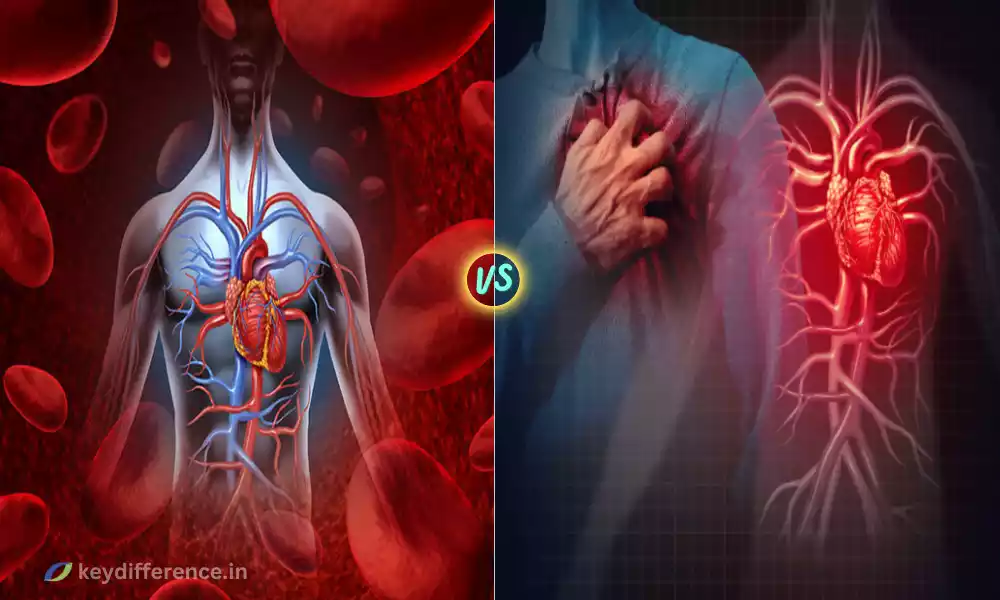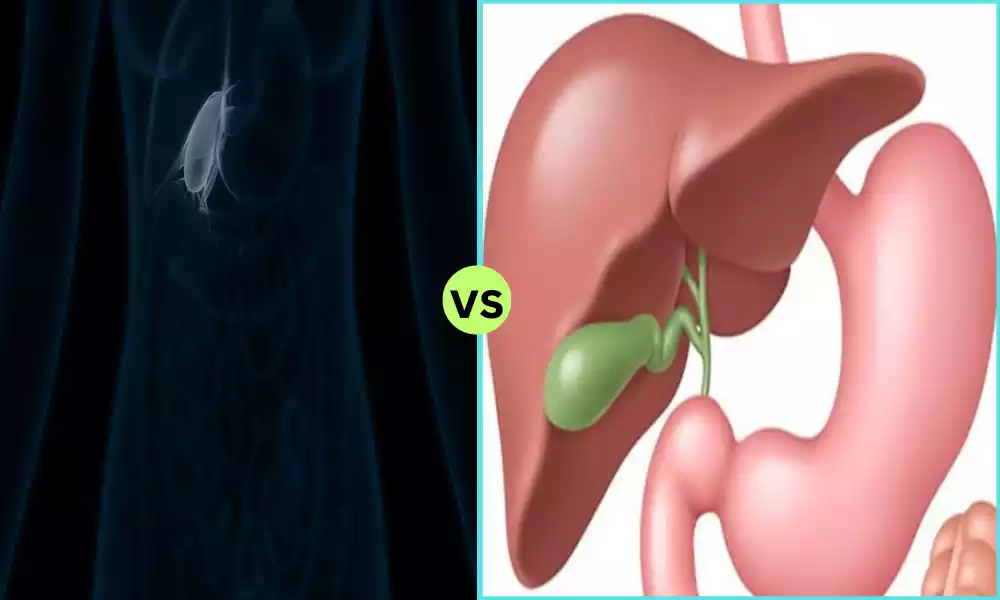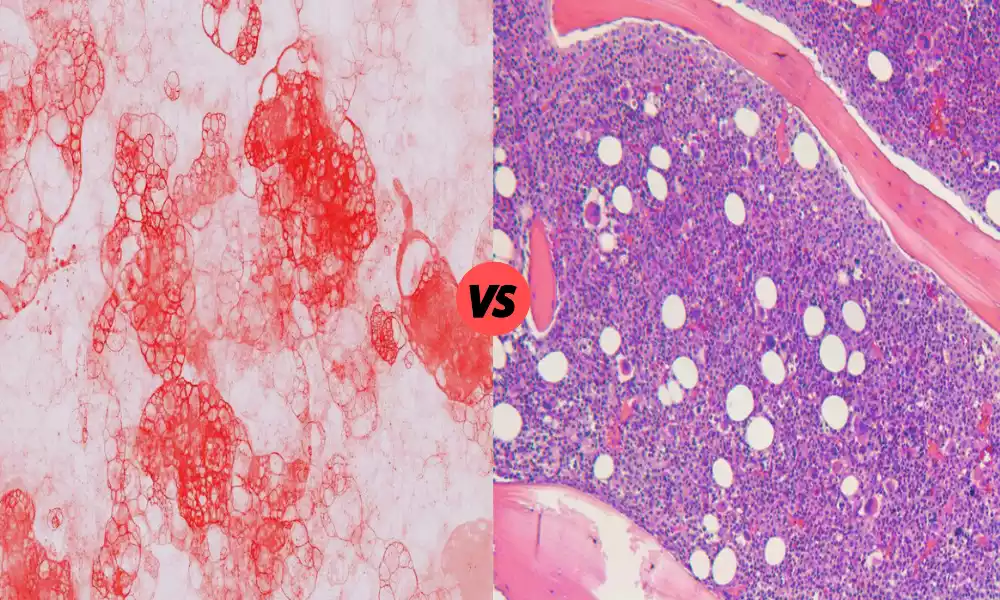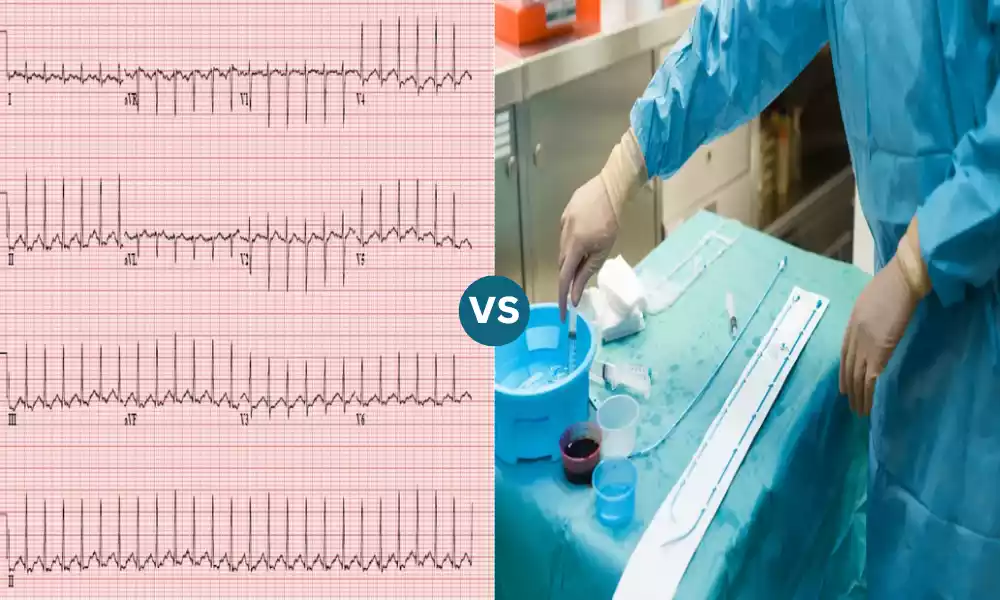Coronary Heart Disease and Cardiovascular Disease are often used interchangeably, yet refer to different medical conditions. CHD refers to narrowed or blocked coronary arteries due to plaque build-up.
CVD encompasses many heart and blood vessel disorders including CHD, stroke, heart failure, and more. Knowing their differences is crucial for accurate diagnosis, effective treatment, preventive care, and health management.
What is Coronary Heart Disease (CHD)?
Coronary Artery Disease (CAD), also referred to as Coronary Heart Disease (CHD), is a condition marked by narrowing or blocking of coronary arteries supplying blood to the heart muscle, leading to reduced blood flow.
If these arteries become impaired then their impairment will reduce this vital supply thus resulting in an impaired heart muscle and reduced blood flow.
Narrowing or blockage occurs as a result of a build-up of fatty deposits on the inner walls of arteries, typically from plaque build-up. Over time, this buildup hardens and narrows arteries limiting oxygen-rich blood flow to heart muscle cells.
Reduced blood flow can result in symptoms like chest pain (angina) and shortness of breath during physical exertion, particularly with physical activity. A complete blockage could potentially lead to a heart attack, which is an emergency medical situation.
The development of CHD can often be caused by risk factors like high cholesterol levels, high blood pressure, smoking, diabetes, obesity, and leading an inactive lifestyle. Genetic factors and age also play a significant role.
Prevention and management strategies for CHD may include lifestyle modifications, medications to control contributing conditions, and surgical interventions such as angioplasty or bypass surgery. Recognizing and understanding risk factors is paramount to treating this serious disease.

What is Cardiovascular Disease (CVD)?
Cardiovascular Disease (CVD) refers to any condition affecting the heart and blood vessels, as well as related structures, including:
Coronary Heart Disease (CHD) refers to any narrowing or blockage of coronary arteries, leading to reduced blood flow to the heart.
Stroke: Any condition where part of the brain’s blood supply is interrupted or reduced and oxygen and nutrients cannot reach it, leaving brain tissue devoid of vital oxygen and nutrition.
Heart Failure: A condition wherein the heart cannot pump enough blood around its own circulatory system to meet needs, including inhalation.
Peripheral Artery Disease (PAD): Narrowing of peripheral arteries serving legs, stomach, arms, and head.
Heart Rhythm Disorders (HRDs): Issues related to the rhythm of the heartbeat such as arrhythmias that impair the pumping action of the heart. Congenital Heart Diseases are birth defects that alter the structure of the heart.
Hypertension: High blood pressure is a condition in which your heart must pump harder to pump blood around your body.
These conditions may share risk factors like high cholesterol, high blood pressure, obesity, diabetes, tobacco use, lack of physical activity, and poor diet.
CVD is one of the primary causes of death worldwide, underscoring its significance and prompt diagnosis by healthcare providers.
Treatment strategies must be tailored specifically for each type of cardiovascular disease, such as lifestyle modifications, medications or surgical interventions as needed, and ongoing monitoring and care from healthcare professionals.
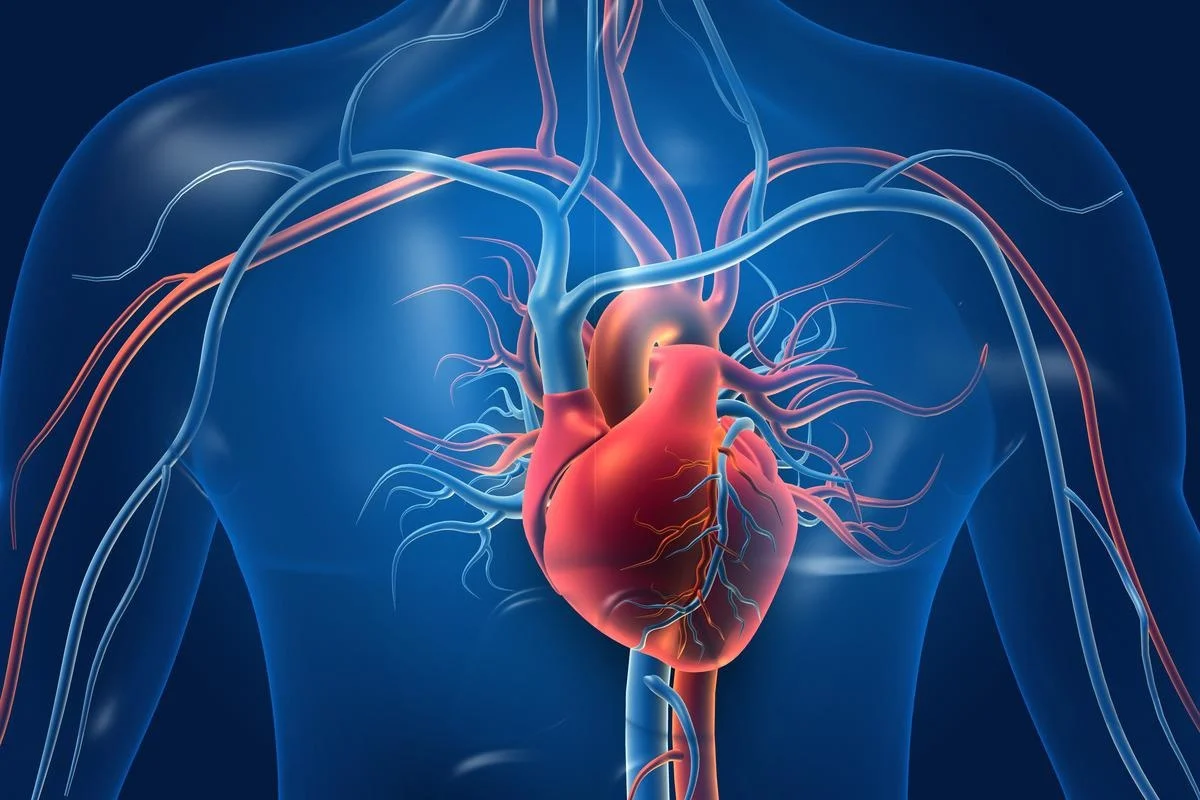
Comparison Table of Coronary Heart Disease and Cardiovascular Disease
Certainly! Below is a comparison table that highlights the key differences and similarities between Coronary Heart Disease (CHD) and Cardiovascular Disease (CVD):
| Feature | Coronary Heart Disease (CHD) | Cardiovascular Disease (CVD) |
|---|---|---|
| Definition | Narrowing or blockage of the coronary arteries. | The broad term includes all diseases of the heart and blood vessels. |
| Causes | Plaque build-up, high cholesterol, high blood pressure, smoking. | Shared causes with CHD, plus additional factors depending on a specific condition (e.g., stroke, heart failure). |
| Symptoms | Chest pain, shortness of breath, fatigue. | Varies by a specific condition, and may include CHD symptoms, leg pain, and irregular heartbeat. |
| Diagnosis | ECG, angiogram, stress test. | Specific to the type of CVD, may include ECG, MRI, CT scans, and blood tests. |
| Treatment | Lifestyle changes, medication, angioplasty, bypass surgery. | Varies by condition, and may include medication, surgery, and lifestyle changes. |
| Prevention | Healthy diet, exercise, no smoking, controlling other risk factors. | Similar to CHD, plus additional measures depending on specific conditions. |
| Is it a type of CVD? | Yes | N/A (CVD is a category of disease) |
This table encapsulates the main differences and similarities between CHD and CVD, with CHD being a specific type of cardiovascular disease, focused on the coronary arteries, and CVD including a wider array of heart and blood vessel conditions
Importance of understanding the differences
Understanding the difference between Coronary Heart Disease (CHD) and Cardiovascular Disease (CVD) is of utmost importance for several reasons.
Below I have provided the significance of distinguishing between them:
CHD is one type of CVD and its symptoms should be recognized to ensure an accurate diagnosis. Different CVD diseases require different treatment methods.
Prevention and Risk Management:
Knowing the risk factors associated with CHD and other cardiovascular diseases helps individuals formulate targeted prevention strategies. Individuals can make lifestyle adjustments according to their specific risk factors for these cardiovascular conditions, these may differ between CHD and other cardiovascular diseases.
Educational and Awareness Programs:
Health professionals can design more effective educational programs by understanding the differences between CHD and CVD. Raising public awareness about them allows people to quickly recognize symptoms and seek medical help early enough.
Research and Development:
Researchers studying heart diseases must understand the differences in clinical trial design to develop targeted drugs and therapies tailored specifically to meet patients’ individual needs with CHD or other forms of CVD.
Healthcare Policy and Resource Allocation:
Policymakers can make better allocation decisions by understanding the differences between CHD and CVD and allocating resources more wisely to prevent, diagnose, and treat targeted community needs more efficiently.
Personal Health Management:
Individuals equipped with this knowledge can make more informed decisions regarding their health, including monitoring symptoms, engaging in preventative behaviors, and communicating more efficiently with healthcare providers.
Economic Considerations:
Understanding the differences is vital to providing cost-effective healthcare delivery. By better-targeting interventions, minimizing unnecessary treatments, and allocating resources where they are most needed, understanding these distinctions helps facilitate more cost-efficient healthcare delivery.
Statistics related to prevalence and mortality rates
Below is a snapshot of statistics on Coronary Heart Disease (CHD) and Cardiovascular Disease (CVD), including prevalence and mortality rates.
Please keep in mind that these numbers may change according to region or population – for the latest stats it would be best to consult sources such as health organizations, government agencies, or scientific studies for up-to-date statistics.
Coronary Heart Disease (CHD): Coronary Heart Disease (CHD)affects millions of people globally and accounts for an estimated 7.4 million deaths every year, although its exact impact may differ by country or region. For this reason, prevalence can differ considerably across these populations.
Demographics and Risk Factors: High prevalence rates among developed nations due to lifestyle-related factors have resulted in higher prevalence rates. Ongoing demographic and risk factor research are currently ongoing to further understand their dynamics.
More likely to occur among older adults, males, and individuals with risk factors such as smoking, obesity, and hypertension.
Trends Over Time: There has been a decrease in CHD mortality rates over time in some regions due to improved treatment and prevention measures nevertheless it remains the leading cause of global death.
Global Prevalence of Cardiovascular Disease: (CVD):
CVD is estimated to cause 17.9 million deaths worldwide annually, accounting for an estimated 17.9 million deaths each year. CVD includes various heart and blood vessel conditions other than CHD. its prevalence can also differ according to your region, with developing countries seeing an increase.
Demographics and Risk Factors:
CVD affects men and women of both genders, with certain forms more prevalent among certain populations. Risk factors may include genetics, lifestyle choices, and underlying health conditions.
Trends Over Time: While CVD mortality rates have seen some improvement, global health remains at stake when it comes to CVD. Elderly populations and changing lifestyle factors present ever-increasing challenges to businesses and governments alike.
We anticipate these problems will only compound over time, forcing governments to find innovative solutions to stay relevant in today’s climate of economic uncertainty.
Encouragement for regular health check-ups and lifestyle changes to minimize risks
Encourage regular health check-ups and lifestyle modifications as key steps toward mitigating risks associated with Coronary Heart Disease (CHD) and Cardiovascular Disease (CVD).
Below is an outline of why this encouragement is so vital:
Early Detection: Routine health check-ups allow healthcare providers to detect CHD and CVD early when treatment options may still be more manageable.
Monitoring Risk Factors: Frequent monitoring of blood pressure, cholesterol levels, blood sugar, and other risk factors may help delay or prevent the onset of heart diseases.
Personalized Care Plans: By regularly engaging with healthcare providers, personalized care plans can be developed that take account of an individual’s particular risks and needs.
Medication Management: Healthcare providers can evaluate and adjust medications as necessary to treat conditions that contribute to CHD and CVD, such as high cholesterol.
Educational Benefits: Regular checkups provide healthcare providers an ideal opportunity to educate patients about heart health through diet, exercise, and lifestyle factors.
Lifestyle Changes
Healthy Eating: Promoting a diet rich in fruits, vegetables, whole grains, lean proteins, and low in saturated fats is proven to significantly decrease heart disease risks.
Physical Activity: Physical activity can help in maintaining a healthy weight by decreasing cholesterol and blood pressure levels all risk factors for CHD and CVD.
Tobacco Cessation: Cigarette smoking poses significant health risks that should be eliminated to protect heart health.
Stress Management: Utilizing relaxation techniques and mindfulness meditation can help reduce stress levels, which is another contributing factor to heart conditions.
Limit Alcohol Intake: Promoting moderation when it comes to alcohol consumption will have less of an adverse impact on heart health than heavy bingeing on alcohol can.
Weight Management: Promoting healthy weight management through diet and exercise helps relieve pressure from the heart. In conclusion, successful weight management through these methods helps decrease cardiovascular stressors.
Similarities Between Coronary Heart Disease and Cardiovascular Disease
1. Nature of Diseases: CHD involves coronary arteries supplying blood to the heart muscle. CVD encompasses all heart- and blood vessel-related conditions, of which CHD is only one part.
2. Risk Factors: Common Risk Factors include high blood pressure, elevated cholesterol levels, obesity, diabetes, smoking, lack of exercise, and poor diet – as well as genetic risk factors that increase cardiovascular disease risk (CHD and other forms). Also, Symptoms can indicate potential problems
3. Shared symptoms: Chest pain, shortness of breath, fatigue, and discomfort in arms, back, neck or jaw can often indicate reduced blood flow to the heart. Ultimately these can all indicate poor cardiac health.
4. Diagnostic Techniques: Common Diagnostic Tools for Heart Failure and Other CVD Conditions include blood tests, electrocardiograms (ECG), stress tests, echocardiograms, and angiography to accurately identify CHD as well as other forms of CVD.
5. Treatment Approaches:
Lifestyle Changes: CHD and CVD frequently necessitate similar lifestyle modifications, including dietary adjustments, increased physical activity levels, and smoking cessation.
Medication Management: Medication to manage blood pressure, cholesterol levels, and any underlying conditions is common to both patients.
6. Preventive Strategies:
Shared Preventive Measures: Since many risk factors and underlying mechanisms for both CHD and CVD share similar mechanisms, preventive strategies often overlap when it comes to CHD/CVD prevention – for instance, healthy eating habits, regular physical activity, and receiving annual health screenings.
Healthcare Costs: Both CHD and CVD contribute significantly to healthcare costs. Global Health Burden: CHD as part of CVD forms part of a global epidemic of heart-related illnesses affecting millions worldwide with far-reaching societal ramifications.
Reference Books
Coronary Heart Disease (CHD)
- “Coronary Heart Disease: Clinical, Pathological, Imaging, and Molecular Profiles” by Zeev Vlodaver, Robert F. Wilson, and David R. Holmes Jr.
- A comprehensive guide to the clinical and pathological aspects of CHD.
- “Chronic Coronary Artery Disease: A Companion to Braunwald’s Heart Disease” by James A. de Lemos and Torbjørn Omland.
- This book covers the latest advances in chronic coronary pathophysiology, diagnosis, and treatment.
Cardiovascular Disease (CVD)
- “Cardiovascular Disease: Diet, Nutrition and Emerging Risk Factors” by Sara Stanner (Editor)
- Focuses on the role of diet and nutrition in cardiovascular health.
- “Moss & Adams’ Heart Disease in Infants, Children, and Adolescents” by Hugh D. Allen et al.
- An essential reference for understanding cardiovascular diseases in younger populations.
- “Essential Cardiology: Principles and Practice” by Clive Rosendorff
- A well-rounded overview of the fundamental principles of cardiovascular medicine.
- “Women’s Cardiovascular Health” by Nanette Wenger et al.
- Focuses on cardiovascular diseases specifically in women, including CHD.
Conclusion
Understanding Coronary Heart Disease (CHD) and Cardiovascular Disease (CVD) in today’s medical environment is of vital importance. Though CHD is one of several forms of CVD, both encompass complex conditions with similar risk factors, symptoms, diagnostic tools, and treatment strategies.
Quality reference books offer insight into both diseases from clinical practices to preventive measures; this resource enables healthcare professionals, researchers, and students to better diagnose, treat, and ultimately improve patient care and public health outcomes.

